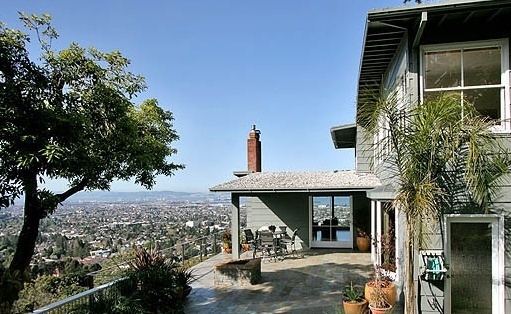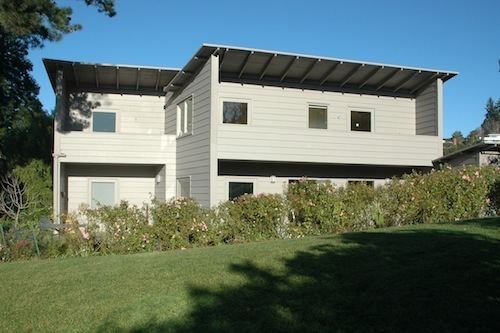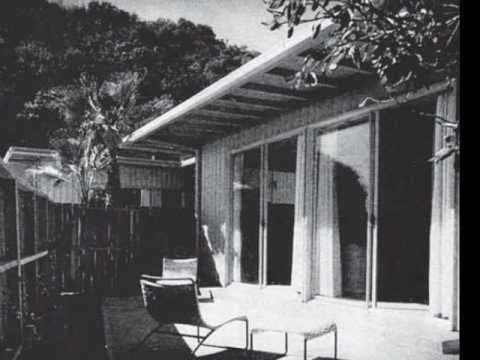Name William Wurster Role Architect | ||
 | ||
Similar People | ||
A william wurster modern architectural home in san francisco
William Wilson Wurster (1895–1973) was an American architect and architectural teacher at the University of California, Berkeley, and at MIT, best known for his residential designs in California.
Contents
- A william wurster modern architectural home in san francisco
- William wurster shi ming xie
- Biography
- Work
- Readings
- References

William wurster shi ming xie
Biography

Wurster was born on 20 October 1895 in Stockton, California. His family encouraged him to observe, read and draw but Wurster often admitted later in life, to holding more of an intellectual gift, rather than a drawing gift. As a child, he held a close relationship with his father, a banker who, on bank holidays and weekends, would take Wurster to observe the life of the town to show him how it functioned. This, Wurster later reflected, was to show him the workings, rather than the structures of the city.

During his years at Stockton Public High School, Wurster worked in the office of Edgar B. Brown, an Englishman known for designing the Stockton Hotel and the Children's Home of Stockton, who was often regarded as one of Stockton's most influential architects. While there, he acted as an office boy, drawing plans, making measured drawings and doing the blueprinting, allowing his early interests in architecture.

Once graduating from high school in 1912, Wurster's parents strongly believed he should acquire a university education and encouraged him to attend the architecture school at the University of California, Berkeley, which was headed, at the time, by founding director and renowned architect John Galen Howard. Wurster enrolled at the university in 1913, receiving a classical Beaux Arts education from notable Berkeley teachers such as Warren Perry and William Hays. While there, Wurster joined the Sigma Chi fraternity, where he was taught both to get on with people and express himself.

When a physical ailment kept Wurster from voluntary military service in World War I, he studied marine engineering at the University of California, Berkeley and joined the merchant marine in 1918. In 1919, once he had completed a year's tour of duty in the South Pacific, he returned to the University to graduate with honors in architecture.
Following his graduation, Wurster briefly apprenticed in the office of John W. Reid, Jr., a San Francisco architect who worked mainly on schools, before Wurster became the architectural designer for Charles Dean in 1920. For the next two years, he worked designing the city of Sacramento's water filtration plant. During this time, he also worked independently, designing several small residences. In April 1922, he became a registered architect within California. Following this, Wurster embarked on a tour of Europe, where he encountered art and design he had previously only known through books, before returning to the United States in 1923 and heading to New York where he joined the office of Delano and Aldrich, who were known for their work on the John D. Rockefeller Estate at Pocantico Hills and Otto Kahn's château at Cold Spring Harbor. In 1924 William Adams Delano lent Wurster money to open his own office and he returned to the Bay Area to open it in the Hotel Whitecotton in Berkeley.
Wurster remained strongly associated, throughout his forty-five year career with the Bay Area and its regional style, along with Wurster's mentor Bernard Maybeck, the landscape architect Thomas Church, and fellow architect Joseph Esherick. Wurster designed hundreds of California houses in the 1920s through the 1940s using indigenous materials and a direct, simple style suited to the climate. His 1928 Gregory Farmhouse in Scotts Valley, California is regarded as the prototypical ranch-style house, and a direct influence on the subsequent development of the Northwest Regional style of John Yeon and Pietro Belluschi. In 1930, Wurster hired his first long-term employee, Floyd Comstock, setting the trend of the Wurster office serving as the training ground of many generations of architects who worked within the firm during its life.
In 1940, Wurster married Catherine Bauer, an influential figure in her own right in the field of public housing. He met Bauer attending the Harvard Graduate School of Design, both taking classes from the German Socialist city planner Martin Wagner.
Wurster's graduate studies at Harvard were interrupted when he was appointed dean of the architectural and planning school at Massachusetts Institute of Technology in 1945, a position he held for five years. Both Bauer and Wurster withstood accusations of disloyalty from the California Tenney Committee during the Red Scare of the late 1940s.
Also in 1945, Wurster co-founded the firm Wurster, Bernardi & Emmons with Theodore Bernardi and Donn Emmons. In 1950, he was named dean of the UC Berkeley Architecture school. In 1959, he orchestrated the creation of the UC Berkeley College of Environmental Design, which brought the three schools of architecture, landscape architecture and urban planning into one organization. He served as its dean until his retirement in 1963 for health reasons. Wurster Hall is named in his and his wife's honor.
Among Wurster's many colleagues during his long career was the Architectural Photographer Morley Baer, with whom he had a lifelong professional association and personal friendship, to whom he sold his first house in Berkeley's Greenwood Common, and for whom he designed a house/studio on the cliffs of Garrapata south of Carmel.
He was elected a Fellow of the American Institute of Architects (AIA) in 1954, his firm received the AIA's third Architecture Firm Award in 1965, and he personally the AIA Gold Medal for Lifetime Achievement in 1969. Among Wurster's students was the award-winning architect John Desmond in Baton Rouge, Louisiana. Jim Webb, who taught at the University of North Carolina and was an influential architect in Chapel Hill, worked with Wurster for a while.
